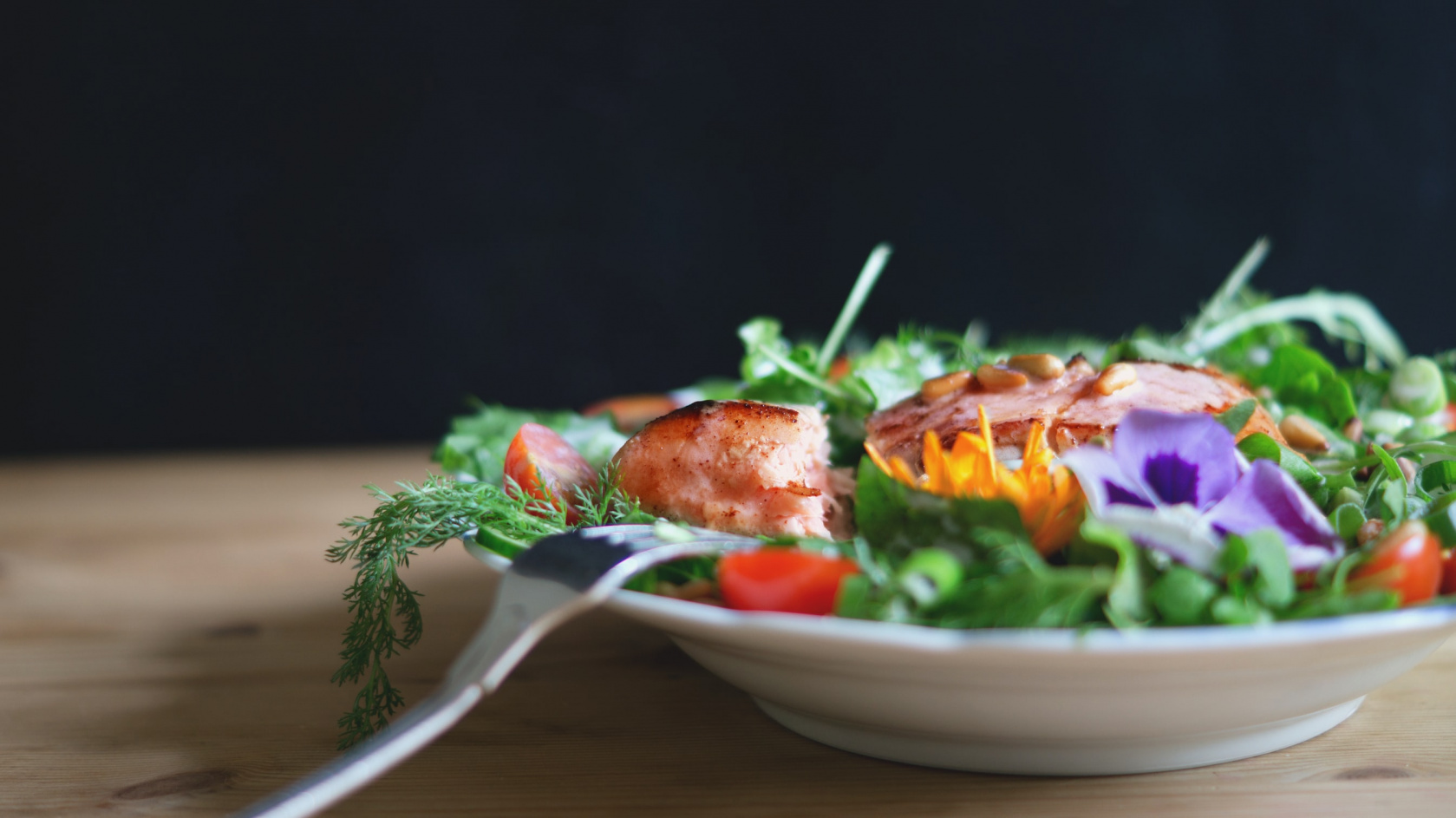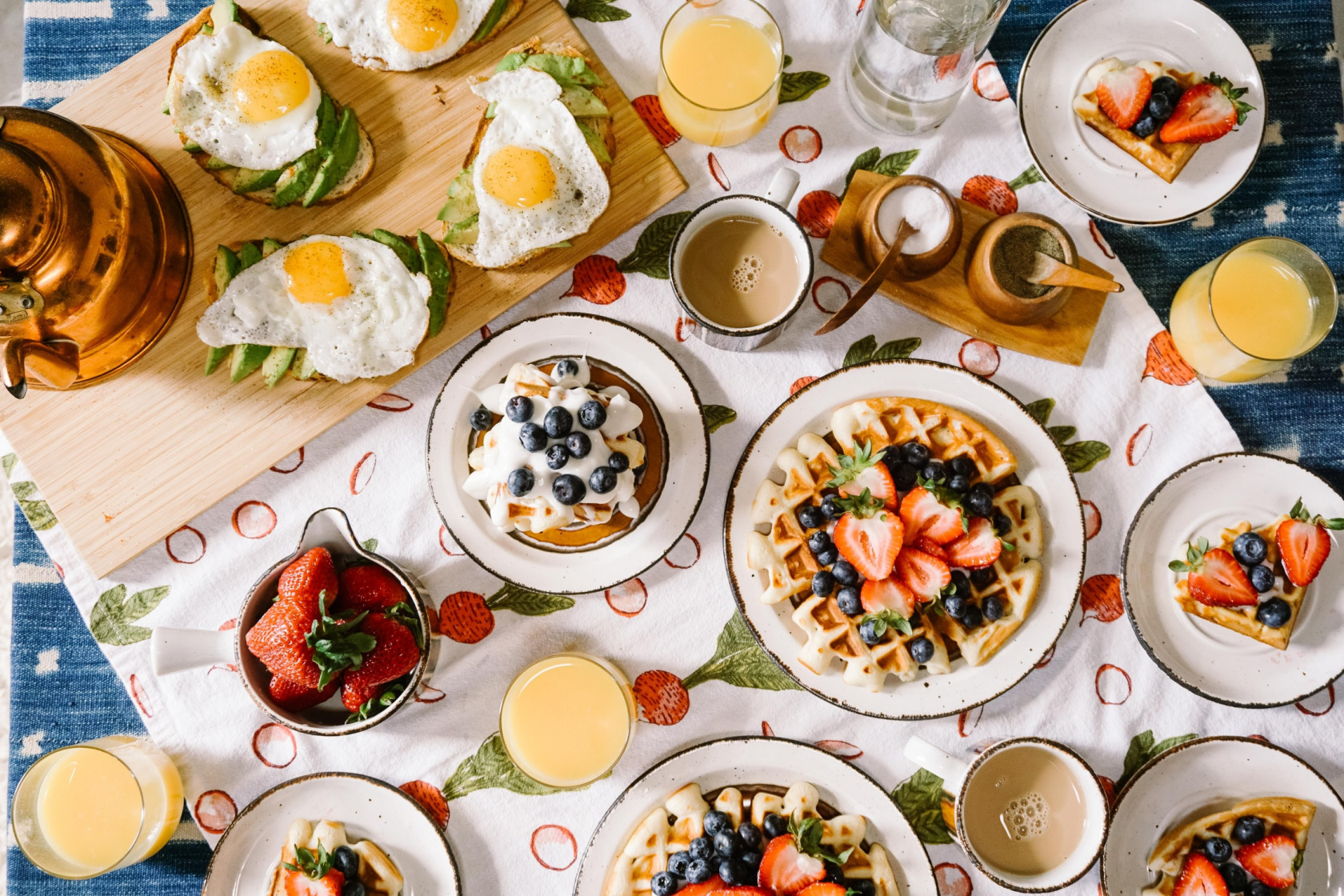The gender equality agenda is currently included in the list of top trends that advanced states adhere to in their policies. Society is systematically moving towards getting rid of hardened stereotypes, so that things like male maternity leave, childfree and body positivity are not associated with something taboo. However, in many areas of human life, gender stereotypes continue to be present, which modern marketers actively use.
From early childhood, the environment instills in us social attitudes, which later have a huge impact on our conscious life. Similar cliches exist in food. From a young age, girls are taught the idea that every woman should have beauty (certain parameters of appearance and character), and that this beauty requires sacrifice. Trying to meet society's standards, young princesses prepare for a life of hardship for the sake of social approval. Boys are told that they are breadwinners, that they must eat well and eat heavily in order to grow into big and strong men.

Naturally, this gender doctrine is reflected in gastronomic advertising. Let's remember the video, which is probably familiar to almost every Russian. In it, a man, accompanied by the perky song “Daddy Can,” cuts the doctor’s sausage into thick pieces, then puts them on the same hefty slice of bread and eats the resulting overgrown sandwich with appetite. Now try to remember where a girl would do something like this? Female characters can usually be found in advertisements for drinking yogurt, cottage cheese or green salad. Even when the mother of the family is preparing a festive dinner in the video, she does not join the household at the meal, but admires them with loving eyes, and from the kitchen. According to this logic, a man who ordered himself a light vitamin salad will not arouse passionate desire in a woman, and a girl chewing on a meat pie will not attract a guy. This is the picture of the world that is created after watching television advertising.
Unfortunately, such representation of gender stereotypes has resulted in very real problems. Eating disorders (ED), for example, bulimia and anorexia, are already recognized as the scourge of the 21st century, and women are the most prone to these diseases. According to statistics for 2015, out of 100% of patients with eating disorder, 75% are women, 25% are men.

Restaurateurs also often use a gender approach to doing business. It would seem that there is nothing wrong with this if the guest is satisfied. The main audience of vegan restaurants is women, while men prefer to spend time in pubs with an unlimited number of high-calorie snacks and meat dishes. It is unlikely that a guy will invite a girl on a first date to a beer bar; he will rather stop at a coffee shop or fish restaurant to please his chosen one. Thus, gastronomic discrimination of both sexes is supported in society quite actively and almost unconsciously. What we eat has become a marker of self-identification for us, so it’s harder to give up such stereotypes than it seems.
Modern man gradually realizes his individuality and becomes selfish to a reasonable extent, preferring his desires to social ones. Taking care of your health and happiness, taking a critical look at the media industry, and being careful about your diet can help you effectively let go of prejudice.

















































/https%3A%2F%2Fcomplexbar.com%2Fimages%2Fblog%2F58%2Fecbc2b9f0605fe788a25486650ad67b9.jpeg)
/https%3A%2F%2Fcomplexbar.com%2Fimages%2Fblog%2F246%2Fsirop_scale_2400.jpeg)
/https%3A%2F%2Fcomplexbar.com%2Fimages%2Fblog%2F246%2Fkofe-vostochniy.jpg)
/https%3A%2F%2Fcomplexbar.com%2Fimages%2Fblog%2F245%2Fpexels-jason-villanueva-851555.jpg)
/https%3A%2F%2Fcomplexbar.com%2Fimages%2Fblog%2F246%2F2024-04-09_17.22.54.jpg)
/https%3A%2F%2Fcomplexbar.com%2Fimages%2Fblog%2F246%2F2024-04-09_17.22.47.jpg)
/https%3A%2F%2Fcomplexbar.com%2Fimages%2Fblog%2F246%2FCODE_anons_foamydrops_752%D1%85480_eng.jpg)
/https%3A%2F%2Fcomplexbar.com%2Fimages%2Fblog%2F246%2FAlina_752%D1%85480_eng.jpg)
/https%3A%2F%2Fcomplexbar.com%2Fimages%2Fblog%2F246%2F2024-04-09_17.23.22.jpg)
/https%3A%2F%2Fcomplexbar.com%2Fimages%2Fblog%2F246%2F2024-04-09_17.23.28.jpg)
/https%3A%2F%2Fcomplexbar.com%2Fimages%2Fblog%2F246%2F2024-04-09_17.23.35.jpg)
/https%3A%2F%2Fcomplexbar.com%2Fimages%2Fblog%2F246%2Fdrinksome_752%D1%85480_eng.jpg)
/https%3A%2F%2Fcomplexbar.com%2Fimages%2Fblog%2F246%2Fnude_752%D1%85480_eng.jpg)
/https%3A%2F%2Fcomplexbar.com%2Fimages%2Fblog%2F246%2F752%D1%85480_eng__1_.jpg)
/https%3A%2F%2Fcomplexbar.com%2Fimages%2Fblog%2F246%2F752%D1%85480_eng.jpg)
/https%3A%2F%2Fcomplexbar.com%2Fimages%2Fblog%2F246%2FStudioRaw_752%D1%85480_eng.jpg)
/https%3A%2F%2Fcomplexbar.com%2Fimages%2Fblog%2F246%2FDoppio_tea_752%D1%85480_eng.jpg)
/https%3A%2F%2Fcomplexbar.com%2Fimages%2Fblog%2F246%2FTognana_Stars_Stripes_752%D1%85480_eng.jpg)
/https%3A%2F%2Fcomplexbar.com%2Fimages%2Fblog%2F246%2FRona_752%D1%85480_eng.jpg)
/https%3A%2F%2Fcomplexbar.com%2Fimages%2Fblog%2F246%2FDoppio_vending_752%D1%85480_eng.jpg)
/https%3A%2F%2Fcomplexbar.com%2Fimages%2Fblog%2F246%2FEssence_sukhie_smesi_752%D1%85480_eng.jpg)
/https%3A%2F%2Fcomplexbar.com%2Fimages%2Fblog%2F246%2FODK_sukhie_smesi752%D1%85480_eng.jpg)
/https%3A%2F%2Fcomplexbar.com%2Fimages%2Fblog%2F246%2Funiforma-barmena.jpg)
/https%3A%2F%2Fcomplexbar.com%2Fimages%2Fblog%2F246%2Fkak-nanyat-barmena.jpg)
/https%3A%2F%2Fcomplexbar.com%2Fimages%2Fblog%2F246%2Fsirop_scale_2400.jpeg)
/https%3A%2F%2Fcomplexbar.com%2Fimages%2Fblog%2F246%2FPeugeot_Anons_Paris_U%27Select_Line_Daman_752%D1%85480_eng.jpg)
/https%3A%2F%2Fcomplexbar.com%2Fimages%2Fblog%2F246%2Fkofe-vostochniy.jpg)
/https%3A%2F%2Fcomplexbar.com%2Fimages%2Fblog%2F246%2FMadler.jpg)
/https%3A%2F%2Fcomplexbar.com%2Fimages%2Fblog%2F246%2Fprofbartender_glavn.jpeg)